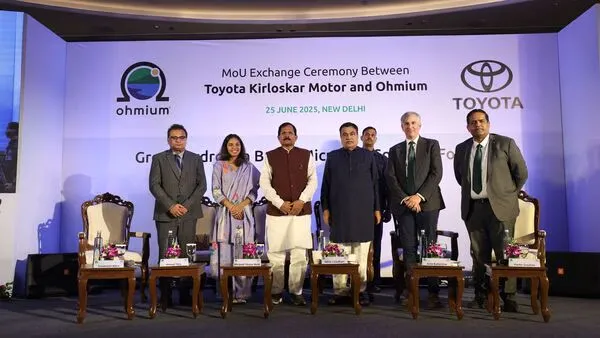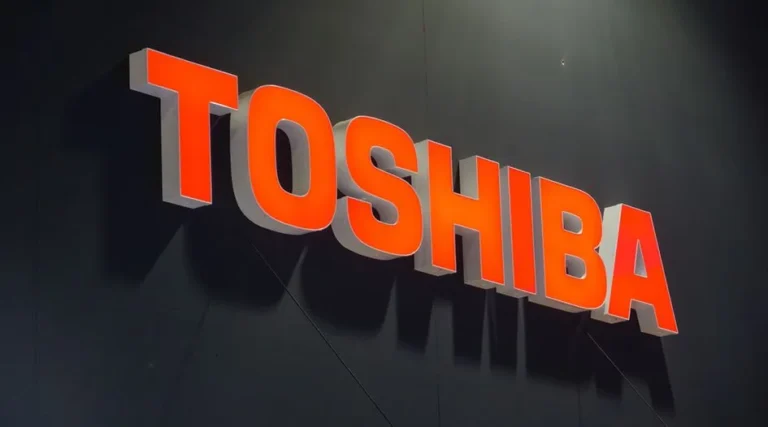
Stellaris’ strategy combines agreements with chip makers for critical semiconductors, purchase of corridors, and full visibility of unborn chip needs
Semiconductors play crucial places in delivering capabilities and features in forthcoming Stellantis BEV- centric STLA vehicle platforms and STLA AI-powered software platforms
The secure force of important, innovative semiconductors helps Stellantis vehicles deliver on the bold pretensions of the Dare Forward 2030 strategic plan
AMSTERDAM – Semiconductors are the linchpin to the performance, safety, and client features of Stellantis vehicles moment and in the new state-of-the-art, BEV- centric STLA vehicle and technology platforms arriving soon. As the bus assiduity’s demand for semiconductors accelerates, Stellantis is enforcing a multi-faceted strategy designed to manage and secure the long-term force of vital microchips. Developed by an across-functional platoon, the strategy was created through a rigorous assessment of client solicitations for advanced technology features and a keen focus on delivering the objects laid out in the Stellantis Dare Forward 2030 plan.
The robust strategy, which is meliorated continuously, includes
perpetration of a semiconductor database to give full translucency to the semiconductor content;
methodical threat assessment to avoid and proactively remove heritage corridors;
long-term chip position demand soothsaying to support capacity securitization agreements with chip makers and Silicon Foundries;
perpetration and enforcement of a Green List to reduce chip diversity and – in case of unborn chip dearths – to put Stellantis in control of the allocation; and,
the purchasing of charge-critical corridors at chip makers including a long-term securitization of chip force.
Stellantis has started to engage with strategic semiconductor providers like Infineon, NXP ® Semiconductors, onsemi, and Qualcomm to further ameliorate its each-new, state-of-the-art STLA platforms and technologies. In addition, Stellantis is working with AImotive and SiliconAuto to develop its own secerning semiconductors in the future.
“ An effective semiconductor strategy requires a deep understanding of semiconductors and the semiconductor assiduity, ” said Maxime Picat, Chief Purchasing and Supply Chain Officer at Stellantis. “ We’ve hundreds of veritably different semiconductors in our buses. We’ve erected a comprehensive ecosystem to alleviate the threat that one missing chip can stop our lines. At the same time, crucial vehicle capabilities directly depend on the invention and performance of a single bias. SiC MOSFETs extend the range of our electric vehicles while the calculation performance of a commanding-edge SoC is essential for the client experience and safety. ”
To date, Stellantis has entered into direct agreements for semiconductors with a purchasing value of further than€ 10 billion through 2030. The force agreements cover a variety of vital microchips, including
Silicon Carbide( SiC) MOSFETs, which are abecedarian to the range of EVs.
Microcontroller Unit( MCU), is a crucial part of the computing zones for the STLA Brain electrical armature.
System-on-a-chip ( SoC), where performance is essential for the high-performance computing( HPC) units that deliver the in-vehicle infotainment and independent driving help functions.
Semiconductors play crucial places in the vehicles that are driving the Stellantis metamorphosis into a sustainable mobility tech company, as outlined in Dare Forward 2030. This includes enabling features and functions in the BEV-native STLA global platforms( Small/ Medium/ Large/ Frame) and the flawless connectivity, remote upgradability, and the flexible service-acquainted electrical/ electronic armature that underpins the STLA Brain, STLA SmartCockpit, and STLA AutoDrive artificial intelligence- powered platforms.









